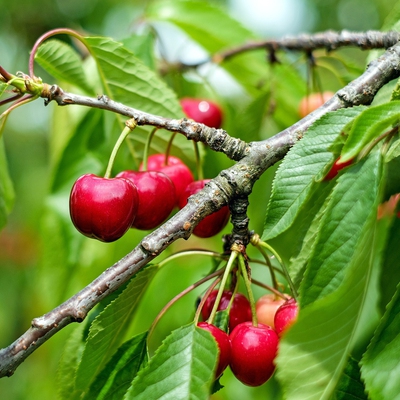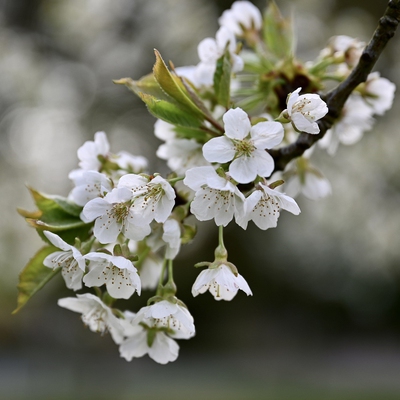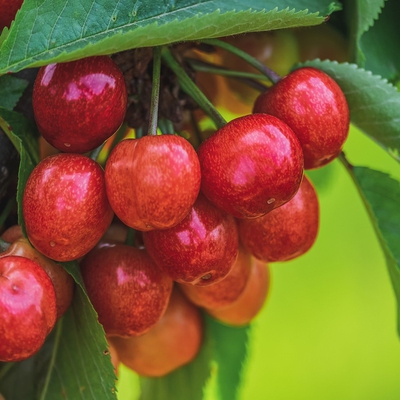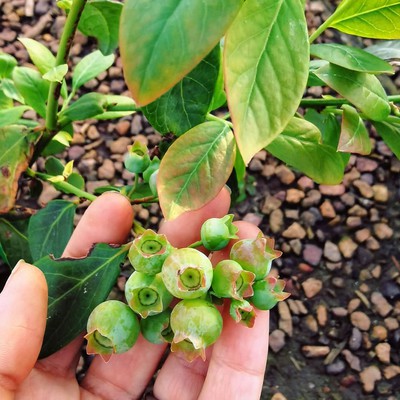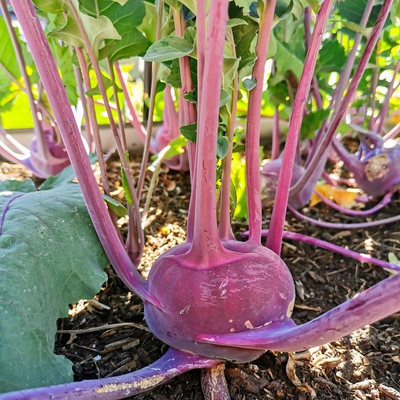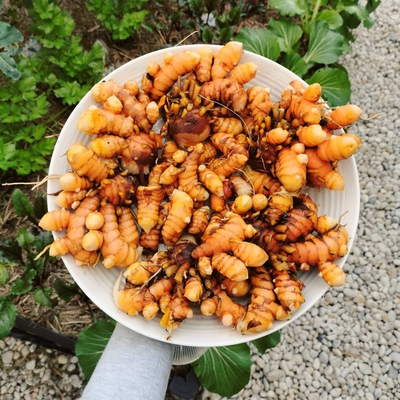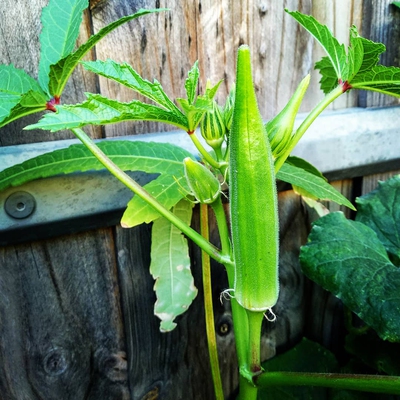Cherries are a delicious and nutritious fruit that can be grown in many parts of the world. If you are interested in growing your own cherries, this guide will teach you everything you need to know. How to plant and care for your cherry tree, and what diseases and pests to watch out for.
 Soil
Soil
What soil is good for Cherries?
Cherries require fertile, moisture retentive but well draining soil, with plenty of compost mixed in.
Like most fruit trees, Cherries require deep well draining soil. They will not tolerate waterlogged soil and will develop root rot as a result. Avoid planting in heavy clay unless the soil has been amended. Heavy soils can be improved by incorporating gypsum and organic matter and mounding the soil before planting to improve drainage.
 Position
Position
How much sun do Cherries need?
Plant Cherry trees in a sunny position with good airflow.
 Frost Tolerant
Frost Tolerant
Are Cherries frost tolerant?
Yes, Cherry trees are frost tolerant, however blossoms may be sensitive to spring frosts.
 Spacing
Spacing
How much space do Cherries need?
Plant Cherry trees a minimum of 5m apart.
 Planting
Planting
When should I plant Cherries?
Late autumn or early spring is the best time to transplant most dormant plants. Plants, with the exception of bare-root, can be transplanted at anytime between when the ground thaws and when it freezes (so anytime if you are in a frost free climate). However, if transplanting in the heat of summer, you'll need to be diligent in watering and provide extra shade for your plant in the first few weeks after transplanting.
Plant in an area with good air circulation.
Dig a hole 2-3 times the width of the root ball. The hole should allow the plant to sit at the same level in the soil as it was previously. Fill the hole with soil ensuring the crown of the plant, where roots and stem meet, is level with the soil surface.
Plant out in the early morning or evening and/or on an overcast day. Avoid planting at peak sun times or on windy days, this will allow your plants to settle in comfortably and protect them from windburn and sunburn.
 Feeding
Feeding
What do I feed Cherries?
Top-dress the soil around the Cherry tree with well-rotted organic matter each spring, along with a balanced organic fertiliser.
Add a 2-3 inch layer of mulch around the tree up to the drip line to retain moisture (be careful not to pile mulch against the tree trunk as this may lead to trunk rot and disease).
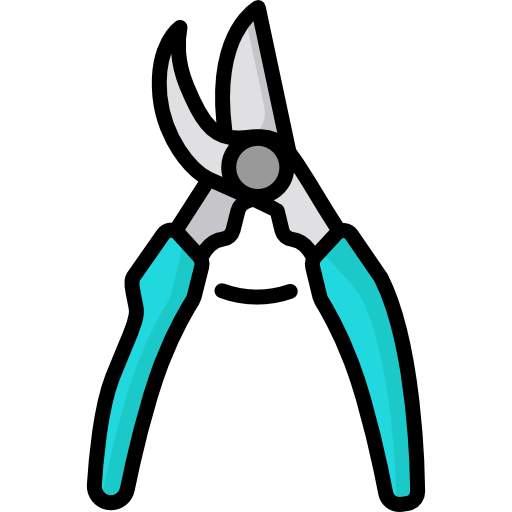 Harvesting
Harvesting
When can I harvest Cherries?
Pick Cherries when they have changed colour and are fully ripe. Fruit harvested early will lack flavour.
 Pests
Pests
What pests do Cherries get?
Pests that may affect Cherry Trees include: Birds, Black Cherry Aphid, Fruit Fly, Leaf Miner, Spider Mite, Leaf Roller, Stink Bug, Spotted Wing Drosophila, Glassy Winged Sharpshooter, Weevil.
 Diseases
Diseases
What diseases do Cherries get?
Diseases that may affect Cherry trees include: Bacterial Canker, Black Knot, Brown Rot, Leaf Spot, Powdery Mildew, Rust, Silver Leaf, Verticillium Wilt, Cherry Rasp Leaf, Sour Cherry Yellows, Crown and Root Rot, Crown Gall, X-Disease.
 Notes
Notes
Is there anything else I need to know about Cherries?
Most Sour Cherry trees are self fertile. Sweet Cherries most often need another variety planted close by in order to cross pollinate.
 Troubleshooting
Troubleshooting
How do I troubleshoot my growing problems?
Cherry trees may require netting to prevent damage to fruit from birds and other wildlife.
